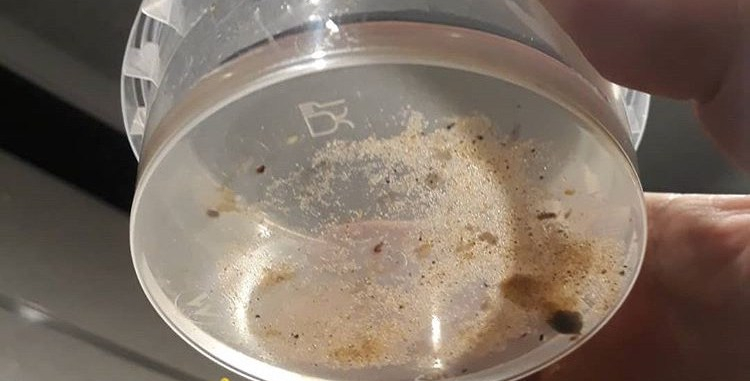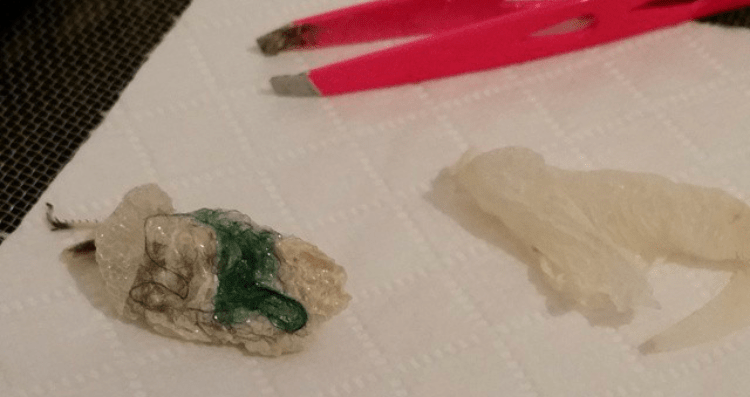WARNING: some of the photos at the end of this post are graphic, but it is important to see and read.
My opinion on the use of using any type of loose substrate is do not use it, apart from possibly in the moist hide.
Why? Because for every person who argues their geckos are fine being kept on sand substrate, the amount of cases where leopard geckos have become impacted and become seriously ill or died, is in the overwhelming majority. Why would you risk it?
Leopard geckos are constantly sensing their environment from licking things with their tongue, so even if their food is in a dish, and even if they eat/sleep/poop/shed in a different area, there’s still a chance that they could ingest sand through simply exploring.
Pet shops make a lot of money from selling sand, including “calci sand” and either do not care about, or do not understand the risks involved, which is why most are happy to recommend it.
There are far better, and cheaper alternatives for your substrate; my opinions on this are here: Which is the best substrate for leopard geckos? Pros and cons and Vinyl substrate for leopard geckos: Review
The images below are all taken by a friend who rescues a number of leopard geckos who have suffered from impaction. Some of them are quite graphic but they do illustrate the point I’m trying to make.
Sand Impaction

What you can see here is the poop which has been loosened with water, and all of the sand particles contained within it.
Repti Carpet Impaction

Here is the result of reptile carpet becoming ingested, and causing impaction. While repti carpet may not appear to be as risky as sand, there are still risks, as you can see here. Leopard geckos can also get their little claws and teeth caught, and can still manage to swallow some.
Sphagnum Moss Impaction

This poor guy ingested sphagnum moss during a shed and got impacted, he was lucky not to prolapse, but luckily survived and is still healthy today.
Impacted Leopard Gecko

Finally, here is a photo of a leopard gecko with impaction. You can see the big blue area in her belly. Luckily this lovely lady survived and is still here today.
Please don’t risk the life of your leopard gecko; choose a safe substrate.
I use sphagnum moss in my moist hide, however I cover it with a damp piece of kitchen towel to minimise the likelihood that some of this will get ingested during a shed. I also know that a lot of people swear by Eco Earth packed down really tightly, but I personally would still keep away from it, as it is still a loose substrate and has been known to cause impaction.
It’s not possible to create a 100% safe environment for your leopard gecko – there are risks to most things; however I prefer to mitigate these risks in any way I can, which for me means no loose substrate apart from in the moist hide, and even then I make sure that it’s covered by absorbent paper.
We are now selling lino substrate: click here to purchase some
Get Your Free Leopard Gecko Care Checklist!
Are you ready to give your leopard gecko the best care possible? Download our FREE PDF e-book featuring a comprehensive care checklist!
This handy guide covers everything from habitat setup to feeding and health tips, ensuring your gecko thrives.
👉 Download your checklist now!




